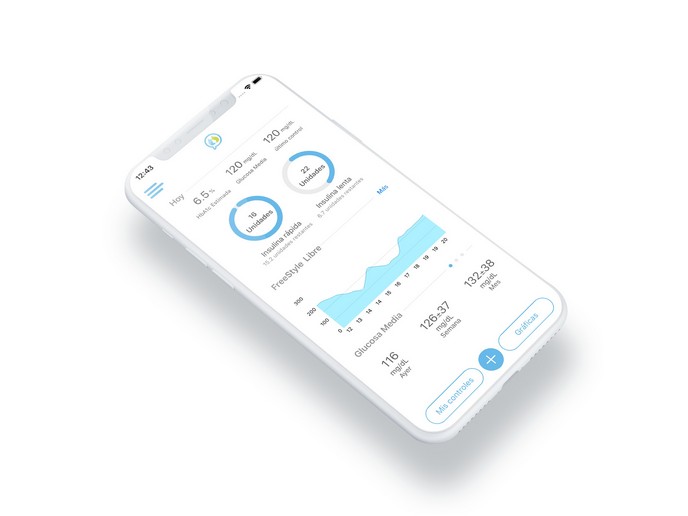Lifting the lid on illegal online pharma markets and sales
As the illegal online pharmacies (IOPs) market continues to grow, so too does its negative impact on public health. “Despite its impact, surprisingly little research has been done on IOPs, meaning we don’t know what their advantages are and why customers opt to purchase drugs from these illegal sources,” says Luis Diestre(opens in new window), a professor of Strategic Management at IE University(opens in new window). But, with the support of the EU-funded IllegalPharma(opens in new window) project, Diestre intends to find out.
Complex networks and diversified sales
With the goal of providing a deeper and broader understanding of the competitive dynamics of illegal pharma markets, project researchers developed a novel method for tracking IOP activity. For example, by looking at web domains, they not only identified IOPs, but also mapped the complex network that linked many of their operations – a process that raised the lid on which network characteristics determine whether an IOP is likely to succeed or fail. “The IOPs network is quite dynamic, with many new firms coming onto the scene to replace those that fail,” remarks Diestre. The project, which received support from the European Research Council(opens in new window), also looked at what medicines were being sold, in what amount, and how sales have evolved over time. “The sale of drugs via IOPs is very heterogeneous, with some types of drugs, such as hormone therapies, outselling their legal counterparts while others, such as those used to treat Alzheimer’s disease, see very low demand,” adds Diestre.
The economic and health consequences of IOPs
Last but not least, the team studied the consequences of IOP sales, in terms of both economic loss and the impact these drugs have on the health and well-being of the end users. “The economic and health consequences were bigger than expected,” says Diestre. For example, in the United States, where the sale of illegal online pharmaceuticals is much more prevalent than here in Europe, IOPs account for a 7 % revenue loss to the pharmacy industry. They are also responsible for 15 % of the adverse drug reactions suffered by citizens.
Privacy, access and choice
According to Diestre, all this information improves our understanding of what drives sales and customer demand for illegal pharmaceuticals. “The reasons why customers buy from IOPs are as diverse as the types of drugs they buy,” he notes. While the lower price often found online is a big reason, it isn’t the only factor at play. In fact, sometimes the drugs are more expensive in IOPs than they are in legal pharmacies. Instead, the biggest advantages IOPs have are privacy, access and choice. For instance, their ability to provide greater privacy is highly valued by customers that suffer stigmatised diseases such as mental conditions or sexual dysfunctions. Customers who suffer diseases that require stable consumption, such as drugs with withdrawal effect, appreciate the fact that IOPs can provide drugs faster as they are not required to comply with the regulatory monitoring that legal pharmacies do. IOPs also have the advantage of being able to sell off-label drugs to customers who want to use medicines for unapproved conditions. “I believe our findings and methods have uncovered the magnitude of this major public health problem and will allow us to better communicate about its risks, along with implementing more effective policies for controlling it,” concludes Diestre.





